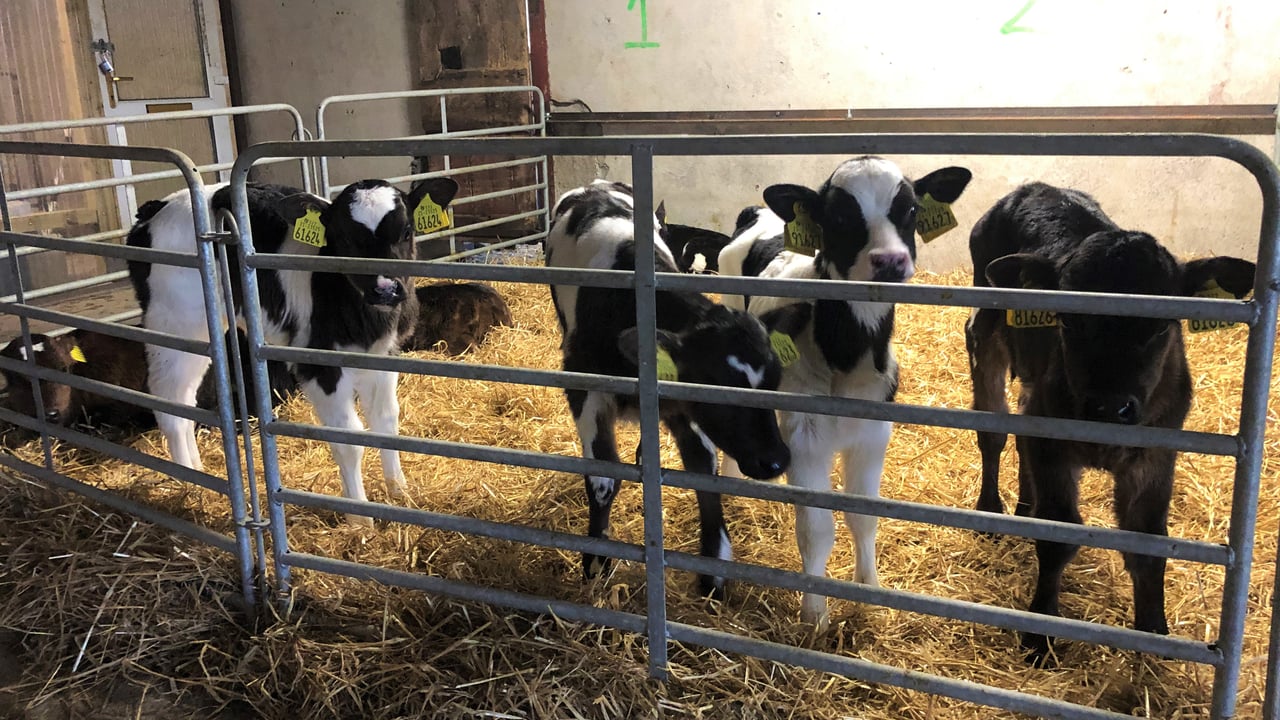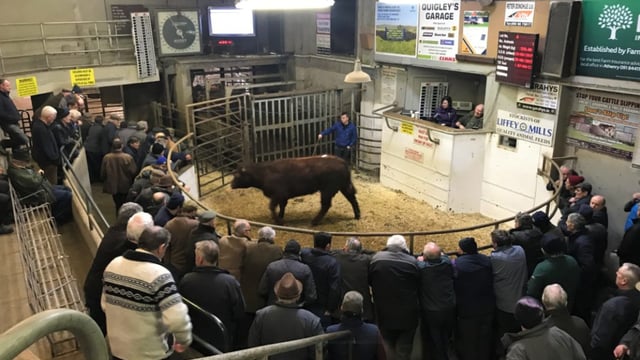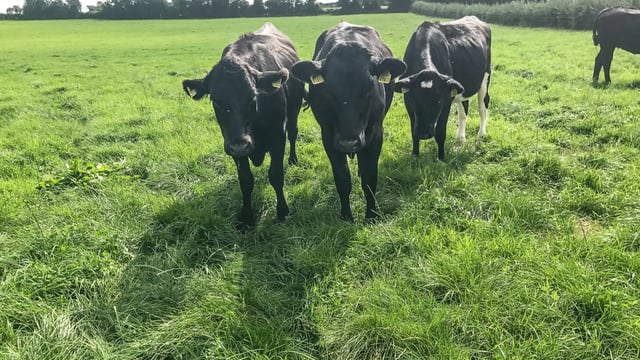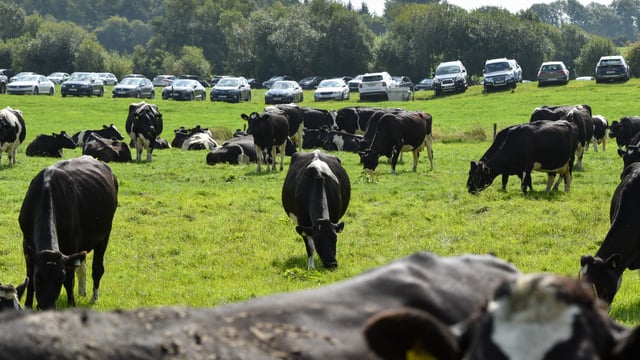Dairy advice: Ensuring a successful disbudding of calves
There are very few farmers who enjoy the process of disbudding calves. That is why many farmers opt for an Aberdeen Angus bull or a polled Hereford bull when using beef straws after dairy artificial insemination (AI).
However, for many farms around the country, the dairy replacement heifers that will stay on the farm are typically the first calves born in springtime.
Many farmers have moved away from using a large amount of dairy AI, preferring to use dairy AI sexed semen for the first three weeks of the breeding season, followed by beef AI for the remainder of breeding.
This ensures that farmers breed just enough replacements on the farm for what they need, while limiting the amount of Friesian bulls on the ground and maximising their calf sales through beef straws.
This means that heifers that are now on the ground will have little buds beginning to appear, which will have to be dealt with in the next few weeks.
Disbudding procedures must be carried out in compliance with current Animal Health and Welfare Regulations on painful procedures (S.I. No. 127 of 2014 and S.I. No 107 of 2014).
It is illegal to disbud a calf over two-weeks-old without using both local anaesthetic and pain relief. The veterinary advice, is that all calves should be treated with a local anaesthetic and pain relief medication when disbudding, irrespective of their age.
Local anaesthetic and suitable pain relief medication may be obtained by prescription from your veterinary surgeons.
The only method of disbudding of calves that is legally permissible in Ireland is disbudding by thermal cauterisation up to 28-days-old – as is set out in S.I. No. 127/2014 – Animal Health and Welfare (Operations and Procedures) (No. 2) Regulations 2014.
A farmer or his/her employee may disbud their calves but they must have the relevant knowledge, experience and skills to do it.
The use of caustic paste for disbudding calves is illegal, irrespective of age as caustic paste can cause severe pain that is not easily controlled by anaesthesia or pain relief.
Disbudding of calves can be carried out up to 4 weeks of age, but, should ideally be done when the calf is under two weeks-of-age as the wound healing time and risk of complications are less when disbudding young calves.
Dehorning refers to the removal of the horn at any time after attachment of the horn bud to the skull, which occurs at approximately two months-of-age.
About 2-5ml of local anesthetic should be administered halfway between the base of the ear and the corner of the eye, and farmers should run their finger along to feel for a bony ridge in this area, and the nerve runs under this ridge.
A refresher for farmers on how to remove the bud when using the cauterisation (hot iron) method, is as follows:
- Restrain the calf carefully, preferably using a calf-dehorning crate;
- Clip the hair around the horns;
- Identify the location of the buds and make sure you use the correct size of disbudder tip;
- Administer anaesthetic of 2-5ml on both sides;
- Place the hot iron on the bud and once the hair starts burning, rotate it in a half circle while applying pressure;
- The iron is rotated around the bud to evenly distribute the heat until a copper-coloured ring of cauterized tissue encircles the bud, but no longer than about 10-20 seconds;
- Remember the horn grows from the skin around its base so you must destroy a complete ring of hair (no more than 1cm wide) around the base of the horn bud;
- Administer the pain relief medication before releasing the calf from the dehorning crate;
- Calves should be inspected after 30 minutes and any arteries that are still bleeding should be cauterised;
- The horn bud should fall off within four to six weeks;
- Calves are inspected daily, for about 10 days, for early detection of infection;
Antibiotics during the removal of horns from calves are usually not required, pain relief medication as prescribed by your vet administered will help with pain management.
Calves need to be monitored for at least 10 days after disbudding for the likes of fly strike or infection.
Common symptoms to look out for are constant tossing of the head and/or a discharge from the wound, and having no interest in drinking or eating.
If these symptoms continue and the calf continues to show no interest in milk or ration, then you should consult your vet to see what treatment is best to get the calf back fit and healthy.





